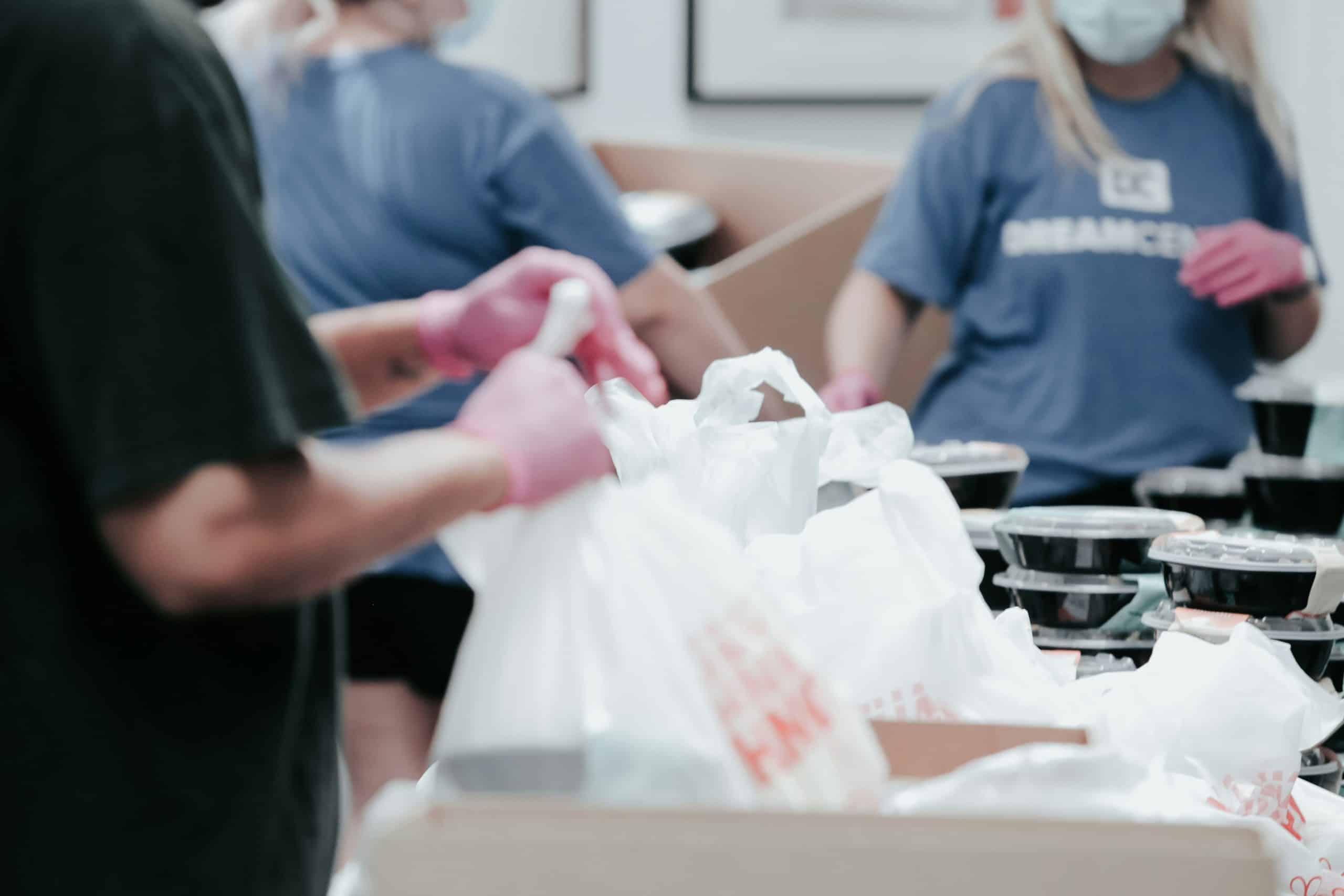What impact does eco-friendly packaging have on the reduction of single-use plastics?

As we move further into the 21st century, sustainability is no longer an option — it’s a necessity. Reconsidering our consumption habits, it’s clear that packaging plays a colossal role in the global plastic waste dilemma. From food to cosmetic products, almost everything that we consume comes wrapped in layers of single-use plastics. Thankfully, several businesses have started employing eco-friendly packaging practices, which could significantly reduce plastic waste and contribute to environmental sustainability. But how impactful is this move? Let’s delve deeper and understand the correlation between eco-friendly packaging and the reduction of single-use plastics.
The Problem with Single-Use Plastics
In our daily lives, we often overlook the environmental impact of the materials we throw away. Single-use plastics, especially packaging materials, are no exception to this.
Avez-vous vu cela : What are the economic implications of renewable energy adoption in developing countries?
Every year, millions of tons of plastic waste end up in our oceans and landfills, wreaking havoc on marine life and contributing to global warming. The primary reason is the non-biodegradability of plastics. Unlike organic waste, plastics can take up to 1,000 years to decompose, thereby posing a significant threat to our environment.
Moreover, the recycling process of plastics is not as effective as it should be. Only a small percent of plastic waste is recycled effectively, while the rest either ends up in our oceans or is incinerated, releasing harmful gases into the atmosphere. It’s evident that single-use plastics have a severe environmental impact, and it’s crucial to explore alternative packaging methods.
A lire en complément : How can inclusive design principles be applied to enhance public transportation accessibility?
The Rise of Eco-Friendly Packaging
As the detrimental effects of single-use plastics become more apparent, many businesses are turning to eco-friendly packaging options in an attempt to reduce plastic waste.
Eco-friendly packaging, also known as sustainable packaging, is made from materials that are biodegradable, recyclable, and often sourced responsibly. This type of packaging is designed to minimize the environmental impact by reducing the amount of waste that goes into landfills and promoting recycling practices.
The use of eco-friendly packaging has been increasing in recent years, thanks to consumer awareness and stricter environmental regulations. Consumers today are more informed about the environmental issues we face and are willing to pay a premium for products packaged sustainably.
The Impact of Eco-Friendly Packaging on Plastic Waste Reduction
Switching to eco-friendly packaging can have a significant impact on reducing the amount of single-use plastics produced and disposed of. By using materials such as paper, cardboard, or biodegradable plastics, businesses can drastically reduce their environmental footprint.
One primary advantage of eco-friendly packaging is its ability to biodegrade. Unlike traditional plastics, sustainable materials like cardboard and paper break down much more quickly and leave less residue. Biodegradable plastics, made from plant-based materials, also decompose faster than synthetic plastics, thus reducing the amount of waste lingering in the environment.
Another essential aspect of eco-friendly packaging is its recyclability. Most sustainable packaging materials can be recycled, effectively reducing the amount of waste that ends up in landfills. By promoting recycling practices, we can ensure that materials are reused, further minimizing the need for single-use plastics.
The Future of Packaging: Towards More Sustainable Practices
While the shift to eco-friendly packaging is a significant step forward in reducing plastic waste, more work needs to be done. To achieve true sustainability, we must not only focus on the packaging itself but also consider the processes involved in its production.
The production of packaging, even eco-friendly ones, can have a considerable environmental impact if not managed responsibly. For instance, if a company uses sustainable materials but relies on fossil fuel-based energy for production, the overall environmental impact could still be high.
Therefore, businesses need to adopt more sustainable practices across the board, from sourcing materials responsibly to optimizing the manufacturing process for energy efficiency. Moreover, consumers also need to play their part by adopting responsible consumption habits, such as recycling products and packaging whenever possible.
As we continue to explore and innovate, we expect to see even more environmentally friendly packaging solutions in the future. From edible packaging to zero-waste refill stations, the possibilities are endless. In the fight against plastic waste, every step counts. The shift towards eco-friendly packaging is just the beginning. Think about the small changes you could make in your daily life — these would add up to a significant difference for our planet. Our actions today will determine the health of our earth for future generations.
Innovative Eco-Friendly Packaging Solutions
In recent years, businesses have been innovating and creating more sustainable packaging solutions to counter the plastic waste issue. These practices go beyond simply using biodegradable materials and delve into innovative, creative territories, aiming to reshape consumption habits entirely.
One such practice is reusable packaging. More and more businesses are offering reusable containers for their products, encouraging customers to return the packaging after use. This practice significantly reduces the need for single-use packaging and promotes a circular economy model, where waste is minimized by reusing and recycling materials.
Similarly, some businesses are exploring the idea of edible packaging. This pioneering concept involves creating packaging materials from edible substances, such as seaweed, sugarcane, or even milk protein. Edible packaging serves a dual purpose: it eliminates packaging waste entirely and reduces food waste, as these materials can also serve as food additives or ingredients.
Furthermore, the packaging industry is also working towards reducing the carbon footprint from their supply chains. This involves sourcing materials locally where possible, minimizing transportation emissions, and investing in renewable energy sources for production facilities.
These practices, while currently not widespread, represent the future of the packaging industry. As businesses continue to innovate and consumers demand more environmentally friendly solutions, we can expect to see these radical ideas become more common, gradually replacing traditional single-use plastics.
Conclusion: The Role of Consumers and Regulations in Promoting Eco-Friendly Packaging
While businesses play a vital role in reducing plastic waste through eco-friendly packaging, consumers and regulations also have an instrumental part in this shift towards sustainability.
Consumers can encourage businesses to adopt more sustainable practices by choosing to buy products with eco-friendly packaging. The power of consumer demand should not be underestimated; businesses are more likely to invest in sustainable packaging solutions if they can see that it is a priority for their customers.
Additionally, government regulations also play a crucial role in promoting sustainable practices. By enforcing stricter environmental standards and providing incentives for businesses that adopt eco-friendly packaging, governments can significantly influence the reduction of single-use plastics.
In conclusion, eco-friendly packaging presents an effective solution to the plastic waste crisis. The shift towards sustainable packaging practices, combined with innovative solutions like reusable and edible packaging, can significantly reduce our reliance on single-use plastics. However, it is a collective effort, requiring the participation of businesses, consumers, and governments alike. The journey towards a plastic-free world is long, but with every step we take, we get closer to our goal. Let’s continue making conscious choices, promoting eco-friendly practices, and advocating for stronger environmental regulations to ensure a healthier planet for future generations.
